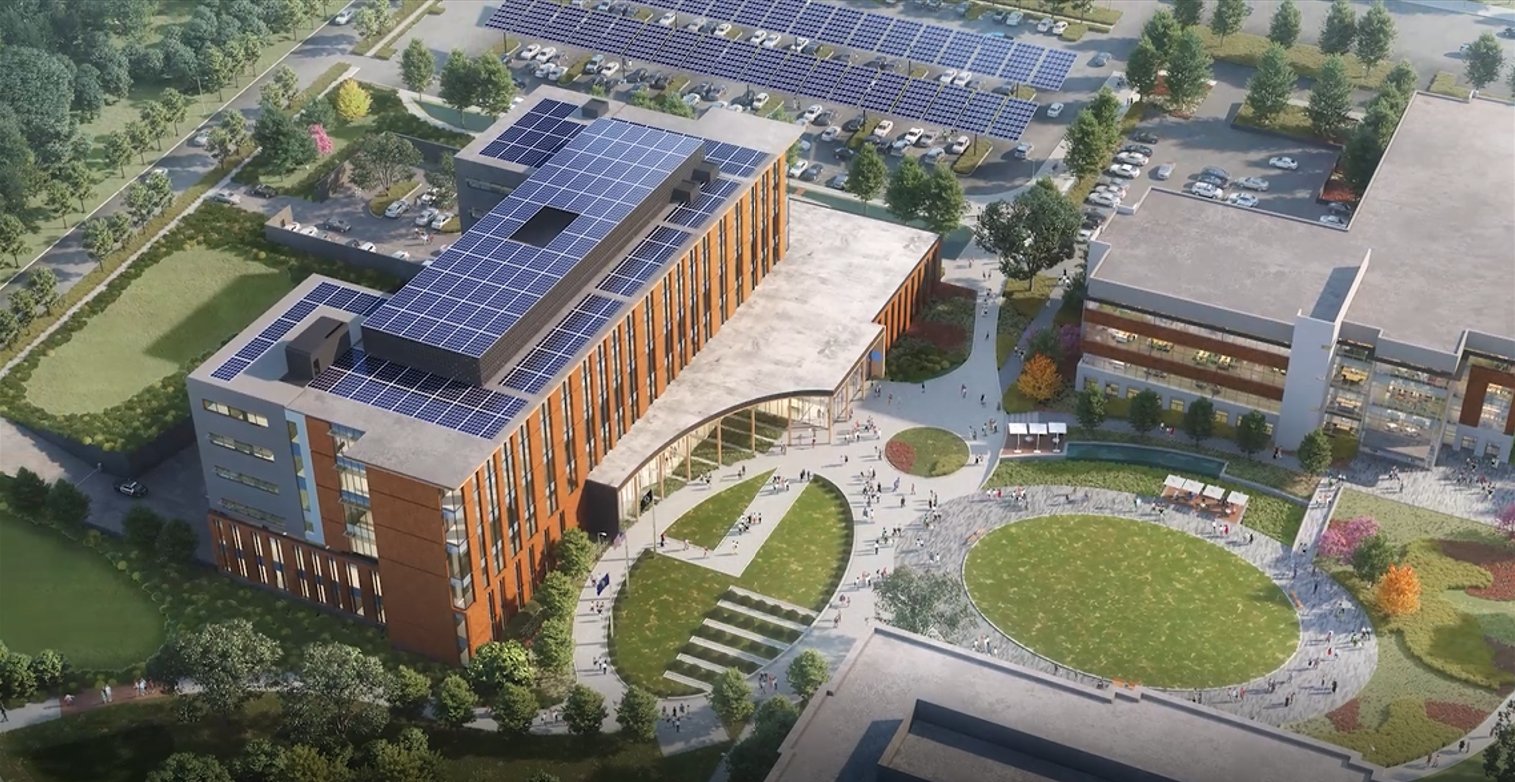National market overview post-COVID
Three years ago, the onset of Covid-19 brought uncertainty to the construction industry. In the last 36 months, we have seen labor shortages, supply chain challenges, and unprecedented escalation rates in the prices of construction materials and commodities. Between February 2020 and February 2023, Engineering News-Record’s (ENR) Building Cost Index (BCI) increased by approximately 29 percent and their Construction Cost Index (CCI) by approximately 16 percent.
Covid-19 has not – and probably never will be – completely eradicated, but we are now entering what seems to be a post-covid phase in which the impacts caused by the pandemic are becoming once again more predictable. In the last seven months, we have seen both the BCI and CCI flatline with escalation rates returning to normal, and while the cost of construction materials and commodities remains high, we don’t foresee any uncontrolled escalation within the next 12 months.
Procurement trends
Recently, we saw the successful commercial and financial close of the Clackamas County Courthouse, a fixed-bid project which demonstrated that with self-discipline and the right advisors, the public sector can overcome what initially may look like insurmountable events. While certainly not without challenges, Clackamas County and its advisors – including WT as their technical advisors – were able to navigate these challenges by starting with market-tested procurement documents, and then by allowing the industry to communicate the challenges ahead in a highly controlled, but transparent, procurement process.
Despite the success of the Clackamas County Courthouse, we predict that fixed-bid procurement will slow down in favor of the Progressive P3 or Predevelopment Agreement (PDA) trend, as we have seen, for example, in the case of the City of North Miami’s City Hall P3.
It is important to note, however, that while Progressive P3s may look like a good way to mitigate the risk of escalation in the price of construction materials, they may not be the right procurement method for every social infrastructure project and, as has always been the case, owners have to conduct their due diligence by hiring financial and technical advisors that are able to develop a solid value for money analysis.
With that said, Progressive P3s can be a powerful tool in the P3 toolbox when confronted with multiple projects and project phases that may run somewhat concurrently. This will certainly be the case in the North Miami Downtown Revitalization initiative, with the City Hall and new Police Station Progressive P3 and the Real Estate Project running concurrently.
Continuing the topic of combined P3s and Real Estate Projects, we at WT have seen an uptick in these types of projects. Land-rich owners – and this applies to a variety of sectors, from civic to higher education – may want to consider mixed-use developments to leverage the value of the land in order to subsidize civic infrastructure.
While we at WT are currently implementing this approach in our New Aloha Stadium Entertainment District project in Hawaii and in North Miami, it is important to understand that the risks for traditional P3 procurements and for real estate projects are different, and will attract different bidders as a result, but our goal at WT is to help our clients navigate through some of those difficult decisions related to transaction structuring.
Market trends
- Student Housing: The student housing market continues to show strong performance and is currently showing no signs of slowing down. Aging buildings, combined with deferred maintenance and ever-increasing needs for revenues, ensures the strength of this particular segment in the near future.
- Mixed-Use Developments & Innovation Districts: As expected, we have seen an increase in mixed-use developments and Innovation Districts as the needs for revenues at the municipal level continue to increase to subsidize much-needed civic projects. We expect this sector to continue in an upward direction.
- Higher-Ed Projects & Student Housing: Fueled by the availability of real estate through donations or otherwise, we expect the higher ed boom that we have seen in recent years to continue. We currently see this trend through our ongoing projects with the University of Texas at San Antonio (UTSA) and the University of Houston.
Sources:
Engineering News-Record. (2023, February). Construction Cost Index History – As of February 2023. ENR.com.
Engineering News-Record. (2023, February). Building Cost Index History – As of February 2023. ENR.com.


